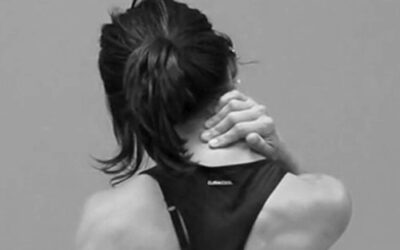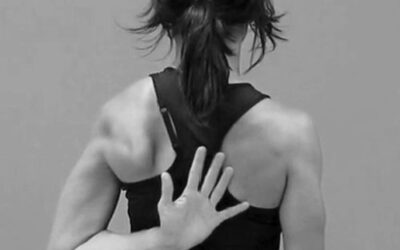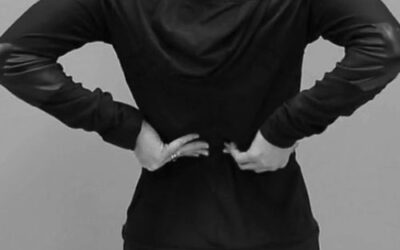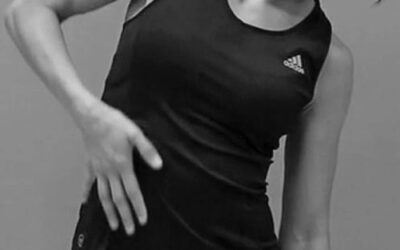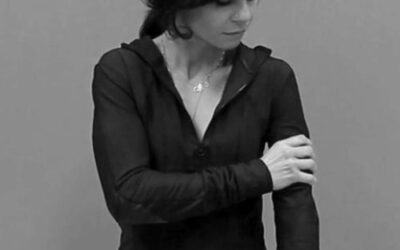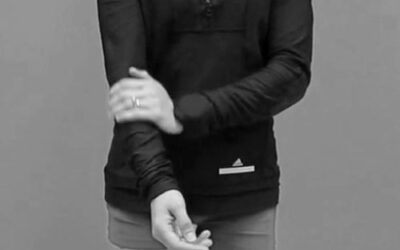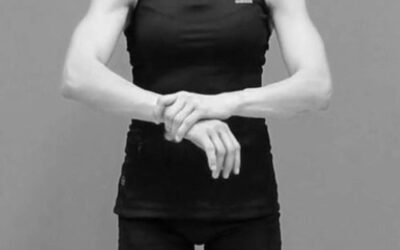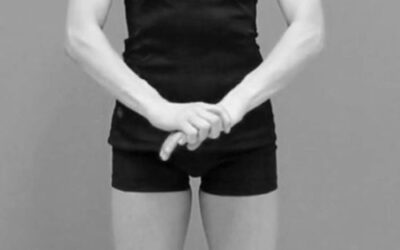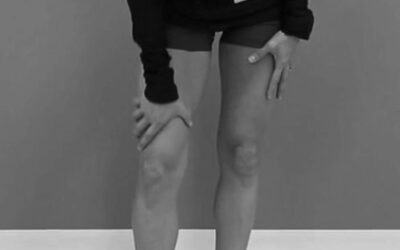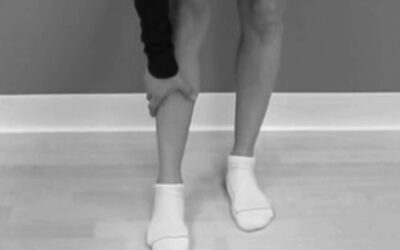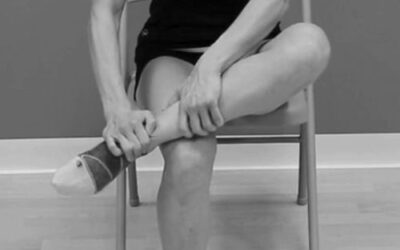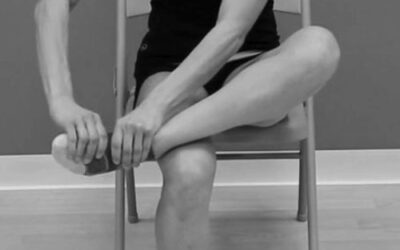Cervical Spine Cylinder Distortion
Proper patient position will make using the Squeegee technique possible for cervical cylinder distortions. The preferred method of patient positioning is in the seated position with the head and cervical spine of the patient in a flexed position (the patient can stay...
Thoracic Spine Cylinder Distortion
Double Thumb technique and CCV are the most effective treatment choices for this region of the body. Prone positioning of the patient is most common for the thoracic region. Seated, or side lying patient positioning should be utilized if prone positioning is...
Lumbar Spine Cylinder Distortion
Squeegee - Utilizing the webbing between the thumb and index finger and the whole palm of the hand the therapist moves his hands over the affected cylinder area distally. Double Thumb - Pull across the erector spinae, pull across the joints in the facets, as you work...
Torso Cylinder Distortion
Squeegee Technique tends to be the most effective form of treatment for torso (rib) cylinder distortions. Placing the patient in a seated, prone and/or a side-lying position may also be utilized.Body LanguageTreatmentsTorso SqueegeeTorso Double ThumbTorso Double Thumb...
Arm Cylinder Distortion
Squeegee - When performing the squeegee technique on the arm, the provider uses the whole hand to slide the cylinder proximal to distal. For CCV Squeegee slide the hand from distal to proximal. Double Thumb - The most utilized cylinder technique, the double thumb...
Forearm Cylinder Distortion
FDM Burn Technique is considered most effective for the forearm. Utilizing the 'marching down' approach by starting at the elbow and ending at the wrist/hand is advised here. Squeegee Technique can be utilized as well and may be most effective by starting at mid...
Wrist Cylinder Distortion
Double Thumb Technique is the most effective treatment choice here. Localized concentration begins with the deep fascial layers by treating perpendicular to the distal forearm bones followed by the superficial fascial layers in a parallel direction.Body...
Hand Cylinder Distortion
Squeegee should be performed starting at the wrist and ending at the finger tips. Double Thumb may be utilized toward the most painful locations indicated by the patient for localized treatment. It is possible to use the FDM Burn Technique on the hand as well by...
Thigh Cylinder Distortion
Squeegee - Use both hands to hold the quad and pull the tissue straight down the leg. Make a couple of different passes feeling for tension. You can do it with one hand depending on the size of the body part and your hand. You will start at the top of the hip,...
Leg Cylinder Distortion
Squeegee - Utilizing the webbing between the thumb and index finger and the palm of the hand, the therapist moves his hands over the affected cylinder area distally. Double Thumb - Pull across, separating the deep fascia first, moving perpendicular to the bone. Then...
Ankle Cylinder Distortion
Squeegee -Start about mid-shaft of the tibia and squeegee the tissue distally until reaching the metatarsals of the foot. Or begin distally, starting at the tarsal/metatarsal junction, and squeegee the tissue proximally through the ankle. Double Thumb - Begin with a...
Foot Cylinder Distortion
Squeegee - Pull on the fascia around the arch of the foot. Stabilize the ankle with one hand and use the other hand to perform the squeegee. Push into the tissue to get some depth, proceed to push or pull the tissues keeping the tension high as you squeegee the fascia...









